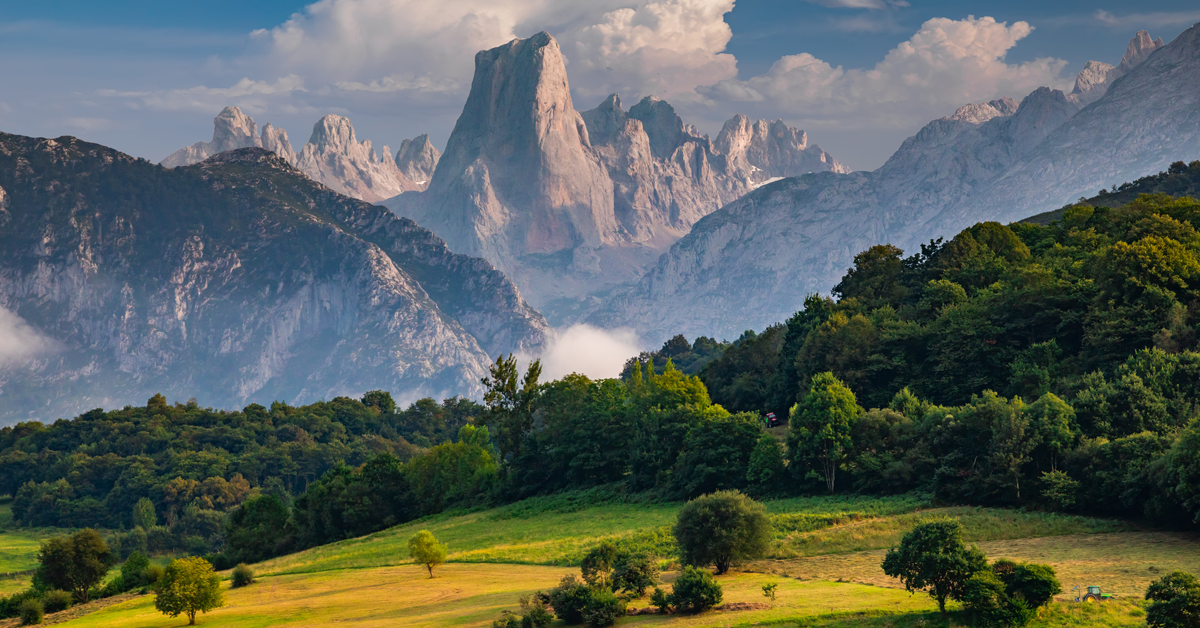May 22 is International Biodiversity Day, a date adopted by the United Nations General Assembly to commemorate the entry into force of the Convention on Biological Diversity (CBD) in 1992. This event seeks to raise awareness of the importance of biodiversity, promote its protection and raise awareness of the threats it faces.
Biological diversity or biodiversity is defined according to the CBD as “the variability of living organisms from all sources, including, but not limited to, terrestrial, marine and other aquatic ecosystems and the ecological complexes of which they are part; This includes diversity within species, between species and ecosystems.” In this way, the Convention integrates biodiversity as part of nature, which includes all living beings on Earth, the interactions between its members and their environment.
Currently, according to data from the Global Assessment Report on Biodiversity and Ecosystem Services (IPBES, 2019), nature has been considerably altered by multiple factors derived from human activity. Most ecosystem and biodiversity indicators show rapid deterioration.
The results of the report reveal that 75% of the land surface has been significantly altered, while 66% of the ocean surface is increasingly experiencing cumulative effects and more than 85% of the wetland area has been lost. It also concludes that about 1 million species of animals and plants are currently in danger of extinction, more than ever before in human history.
In addition to anthropogenic activity, other threats to biodiversity loss include changes in land and ocean use, overexploitation of natural resources, environmental pollution, the presence of invasive alien species, and the effects of climate change.
In line with all of the above, 2023 looks set to be a key year in relation to biodiversity conservation. The United Nations Conference on Biological Diversity(COP15) chaired by China, hosted by Canada and held in Montreal, ended on December 19, 2022, resulting in the adoption of the Kunming-Montreal Global Biodiversity Framework.
The Global Biodiversity Framework sets out targets and concrete actions to halt and reverse the loss of nature by 2050. The document includes among its goals the protection of 30% of the planet, the restoration of 30% of degraded ecosystems by 2030, halving food waste and investing at least $200 billion annually in strategies that benefit biodiversity.
In 2023, the International Day for Biological Diversity has chosen the slogan “From agreement to action: rebuilding biodiversity”, which aims to reinforce the idea that there is now a globally agreed action plan for the implementation of protection and restoration measures. The aim is to achieve a protected and sustainable biological diversity by 2050.
In this context, the United Nations declared the Decade on Ecosystem Restoration (2021-2030), a globally coordinated response to develop policies aimed at the application of Nature-based Solutions as a key instrument against the loss of biodiversity that contribute in an essential way to the health of the planet and the survival of the human species.












